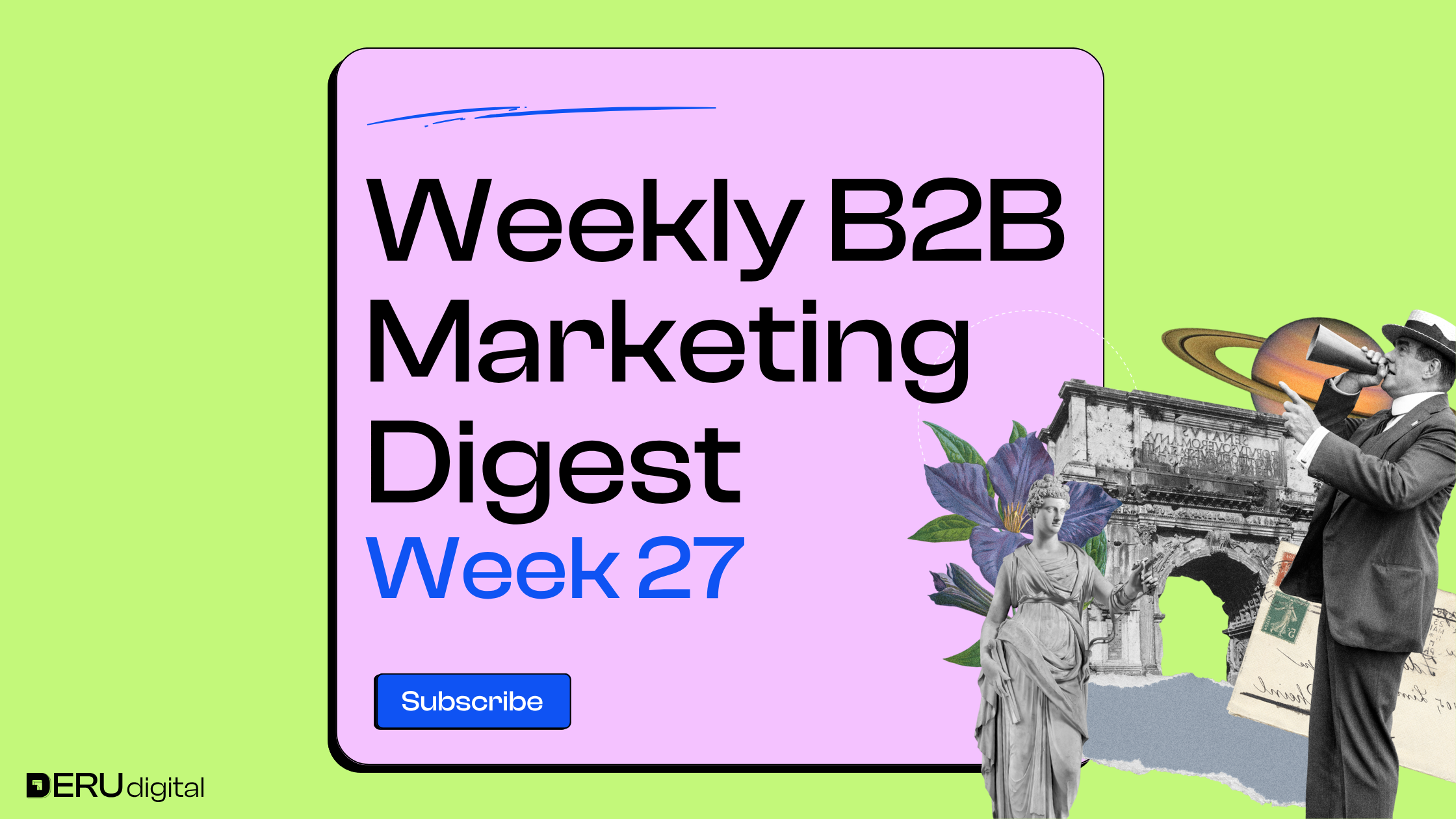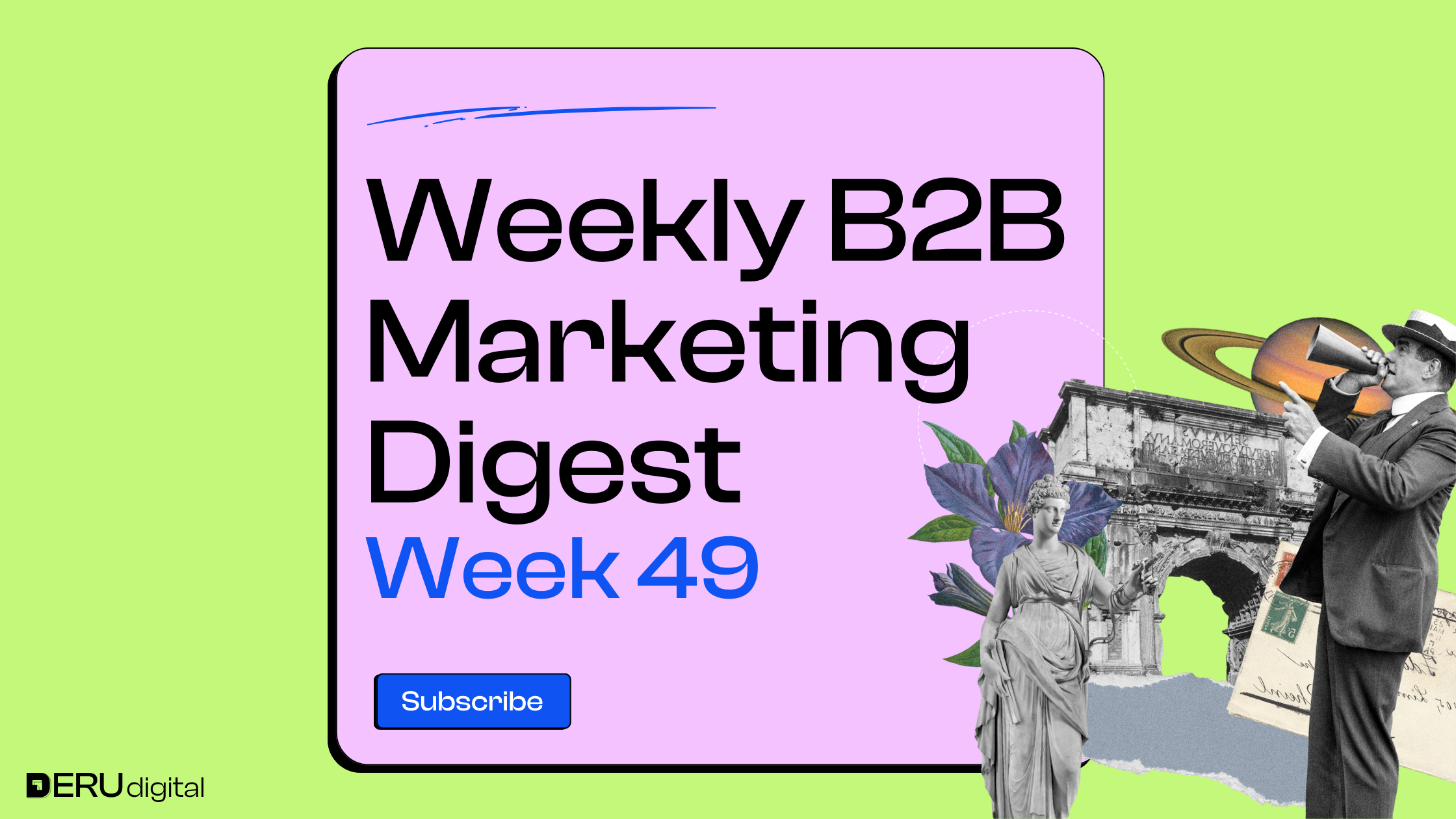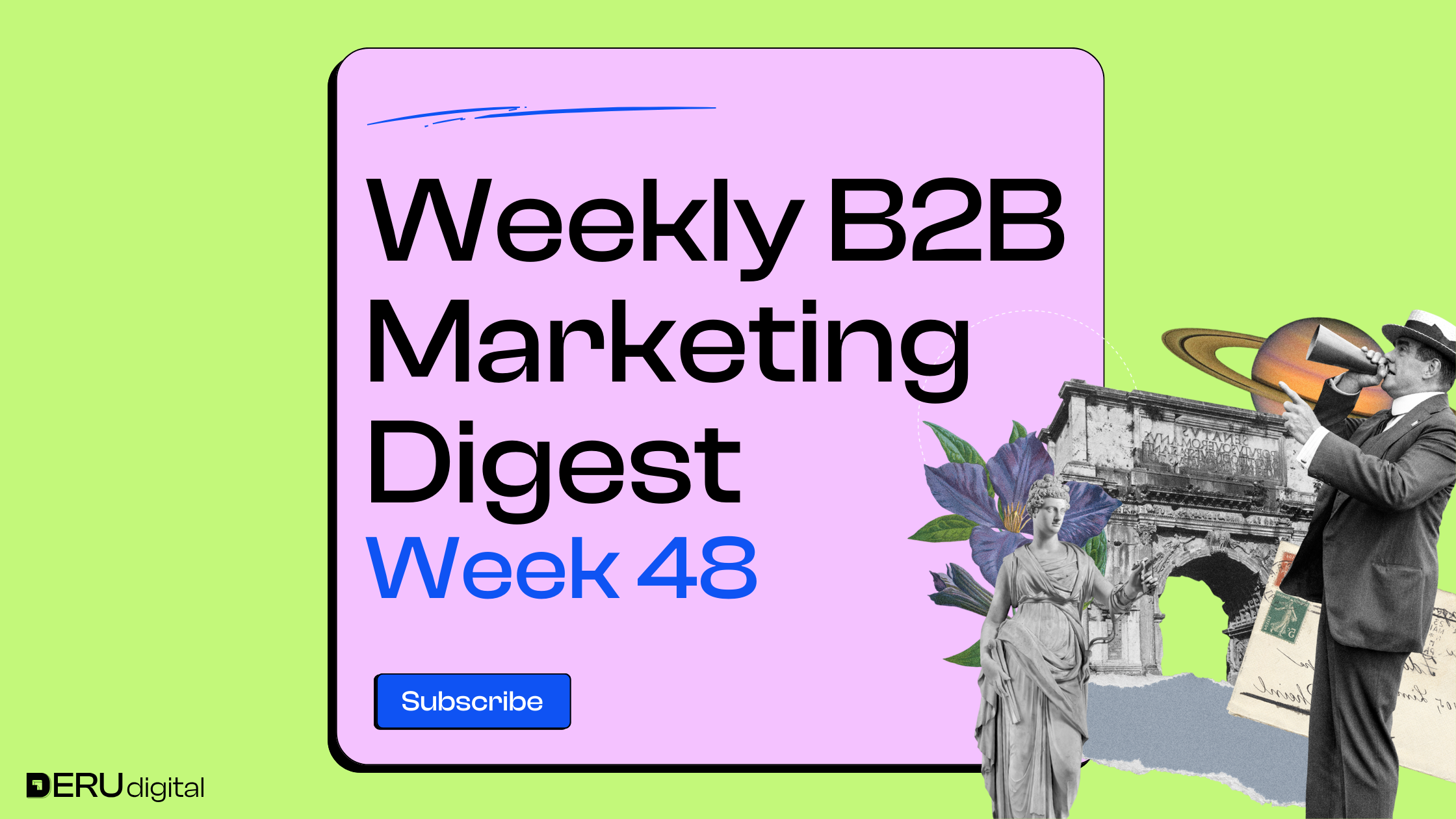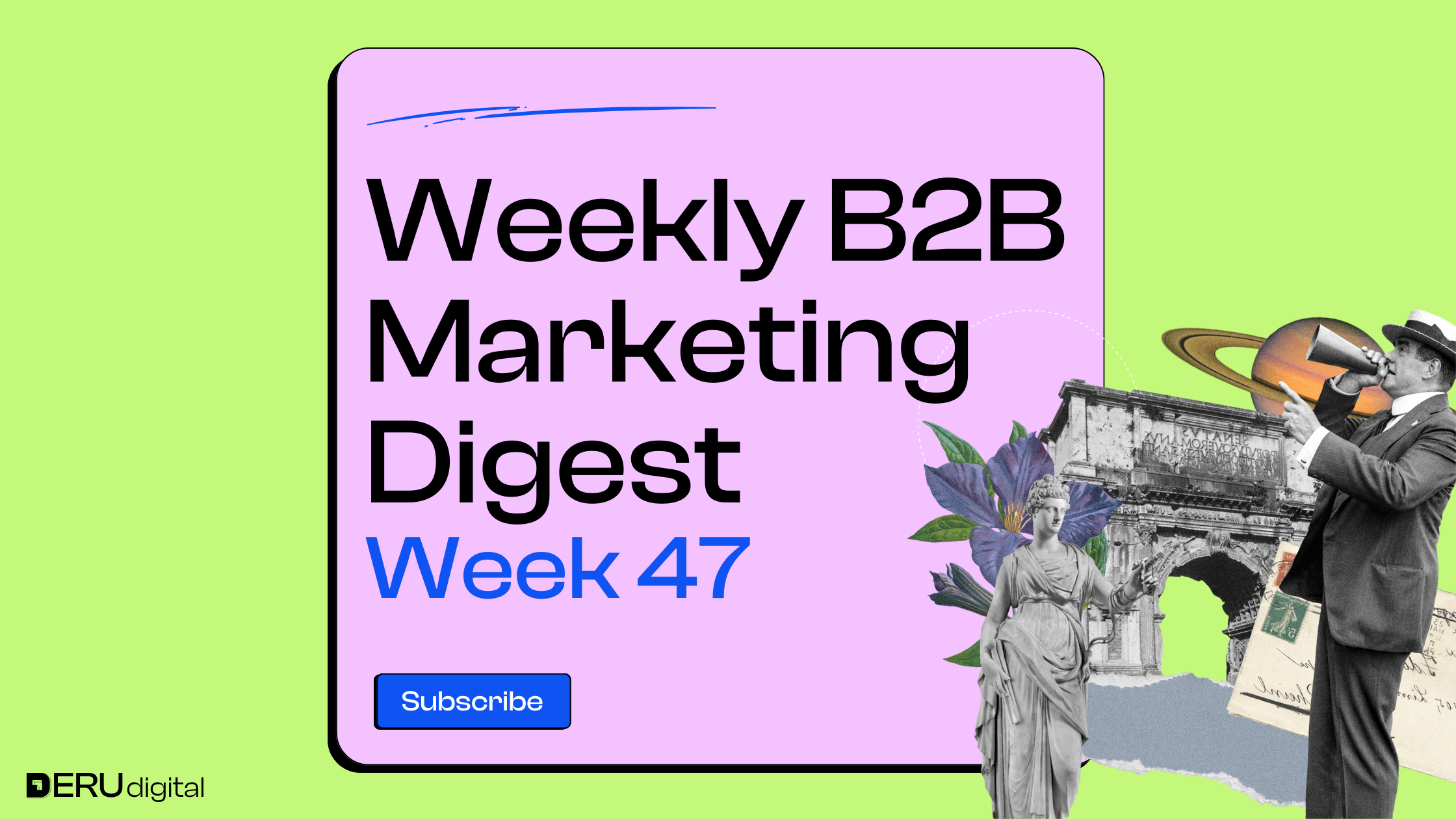INSIGHTS FROM EXPERTS ON LINKEDIN
Liam Moroney explains that direct-response ads only reach their full potential when there’s existing brand memory to support them. Without that familiarity, brands often fall back on discounts or flashy incentives, which can drive short-term wins but erode long-term profit. He argues that brand and performance aren’t at odds, they’re partners, and the best-performing ads trigger brand recall built through consistent, creative branding.

Marc Cornelius shares a time-saving update for PPC marketers: Google Sheets now includes a native =AI function. This lets users prompt AI directly within a spreadsheet, no tab switching required, for tasks like writing ad copy, generating keywords, or analyzing feedback. It’s a small feature with big potential to boost productivity and streamline campaign work.
Victoria Rudi challenges the common belief that highlighting pain points drives B2B SaaS purchases. Citing Cedric Chin, she explains that real demand comes from urgent, unavoidable situations, like new compliance needs, not just discomfort or desire. Messaging should shift from addressing pain to spotlighting moments when buyers have no choice but to act.

Krists Jakabsons has noticed that since LinkedIn started prioritizing video, the “Video Views” ad objective isn’t pulling its weight like it used to. In tests, the same campaign underperformed with this setting, worse view completions, lower CTRs, and pricier clicks. He suggests to keep testing objectives, because what worked yesterday might flop today.

Adriaan Dekker shares how Saku F. built a GPT agent that automates 90% of the keyword research grind. No more endless exports and manual grouping. The bot handles keyword generation, clustering, and even ad copywriting based on campaign goals. It’s fast, accurate, and ready to plug into your Google Ads setup, all from a single prompt.

Anurag Thomson flags a long-awaited LinkedIn Ads update: frequency capping is finally here. You can now limit how often people see your ads (e.g., 10 times in 7 days), which means less ad fatigue, cleaner retargeting, and better creative testing. It’s rolling out gradually, so keep an eye on the brand awareness objective section.

Elena Jasper breaks down powerful new research on the cost of stopping your ads. A study from the Ehrenberg-Bass Institute shows that brands lose serious market share the longer they go dark, up to 30% after four years, with categories like coffee getting hit even harder. If you’re making the case to keep your marketing budget, this data-backed episode of her podcast is worth a listen.

WHAT'S NEW IN THE INDUSTRY
B2B marketers often overcomplicate campaigns by chasing tiny differences between buyer personas, which drives up costs without real strategic value. New research from the B2B Institute suggests that most buyers in a category behave similarly, and brands grow by targeting broad buying situations rather than narrow niches. The key is focusing on shared triggers called Category Entry Points (CEPs) that drive purchase decisions, not imagined persona details.

Google Ads now offers a native Video Analytics tool, consolidating performance data from video assets across campaign types like PMax, Demand Gen, and YouTube. Advertisers can see engagement metrics, audience breakdowns, and drop-off points – all in one tab. This makes it much easier to spot top-performing creatives and optimize video strategies without leaving the platform.

Google Ads will start enforcing phone number verification for message assets on August 1, or those assets will be disapproved. This update aims to reduce fraud and increase transparency in user interactions. Advertisers should review their phone numbers now to avoid disruptions in ad delivery.

A new “AI Max” match type is now visible in Google Ads reporting, giving advertisers clearer insights into performance driven by automation. This includes queries triggered by broad match logic, ad assets, and landing pages, all rolled into one smart match type. It’s a big step toward understanding whether Google’s automation is helping or hurting your campaign ROI.

Advertisers can now connect Zoho CRM directly to Google Ads, making it easier to upload Customer Match audiences and track offline conversions. This boosts campaign performance through better attribution and stronger lead insights, especially for B2B marketers. It’s part of Google’s ongoing push to simplify first-party data use in a post-cookie world.
That’s the scoop for this week! If you found this valuable and any useful insights caught your eye, feel free to share them with your network.
Until next week!



